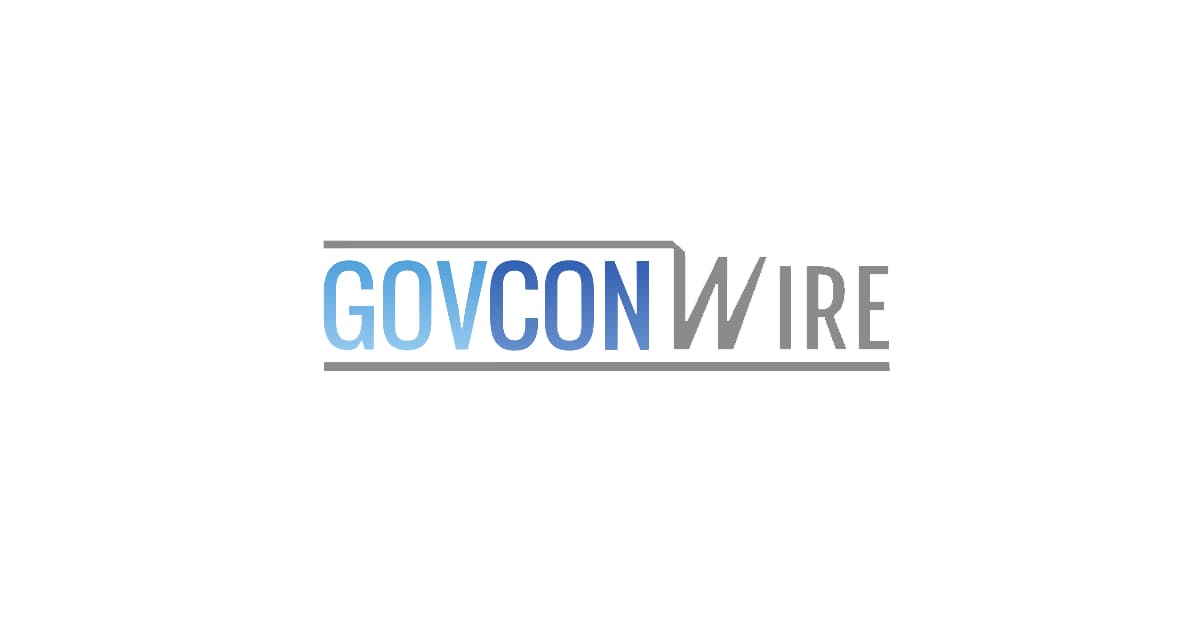Nobody was prepared when the COVID-19 pandemic wreaked havoc back in 2020. This global health emergency caused massive disruptions across all industries and even pushed some of them to the brink of collapse. In fact, an economic report published during the peak of the COVID-19 onslaught stated that over 160,000 businesses in the U.S. were forced to close due to the pandemic.
Although the federal government has mobilized government contractors, particularly those in the health care and medical field, to aid the nation in recovering from the effects of the pandemic, countless businesses are still struggling to recover from the pandemic. And that is because no matter how much assistance the government offers to a company, its full recovery still lies in its leader’s capability.

Table of Contents
What is Disruptive Leadership?
The best way to counter a massive disruption caused by the pandemic is to be a disruptive leader yourself!
Disruptive leadership means that you are always looking for better solutions to your problems and searching for ways to innovate your organization’s products, services, and processes. Instead of going along with the norm, disruptive leaders always ask themselves: how can I make this better?
Since you are now responsible for leading your organization to success during these precarious times, you should strive to be a leader of innovation.

How do you lead a team in the New Normal?
Being a disruptive leader is crucial for your business’s survival and future success post-pandemic. Here are some of the ways on how you can rework your leadership style to help your business grow:

1. Acknowledge your weaknesses
Admitting that you don’t know something is not a detrimental quality of a leader. The humility to acknowledge your weaknesses makes you a better one–and that’s what sets apart the disruptive leader from everyone else.
Being blind to your shortcomings will spell your business’s downfall. So instead, be humble enough to seek the wisdom of others whenever you encounter something unknown because it is better to fill yourself with a drive for knowledge rather than pride.
Admittedly, this might be the hardest thing to do for most business leaders. But, being aware of your limitations will push you to strive better for yourself and your company.

2. Absorb insights from different perspectives
The COVID-19 pandemic rocked the traditional workplace ecosystem that you are used to. So to adapt to the rapidly changing times, you should now learn how to look at things from a fresh perspective.
Your unconscious bias and previous assumptions about different things may blind you from recognizing opportunities right in front of you. But, ignoring your biases right off the bat may be a difficult thing to do. So instead, try to ask more “why” and “what if” questions. By constantly training your mind to question the existing ideas, you open up yourself to explore new perspectives and discover better solutions to drive your business’s growth.
Aside from introspection, you should also remember listening to the opinions expressed by your peers. Your direct reports know something you don’t know about, no matter their rank. So take a more inclusive approach by encouraging them to speak up. By doing that, you can get access to valuable insights and forge a genuine connection with your people at the same time.

3. See the bigger picture
A great disruptive leader is not only adept in gathering insights from all facets, but they also demonstrate great skill in analyzing these insights to paint a clearer picture.
Since knowledge and ideas can come from everywhere, being sensitive to changes in the industry trends and the target market’s behavior can help you develop groundbreaking innovations that can put your company a step further from the competition.

4. Have a clear goal in mind
Many business leaders are experiencing difficulty setting clear, feasible, and actionable goals. And this incompetency in goal-setting can result in unwanted resource losses.
To achieve your business goals, you must first invest your resources. And that is why prioritizing which objective is essential has never been this important, especially when resources are scarce.
More often than not, corporate leaders tend to get so caught up in the thick of running the day-to-day operations that they lose sight of their actual goal. So to avoid losing your precious resources over it, don’t forget to take a step back and evaluate whether you are pursuing a plan that will benefit you in the long run or if it is just for instant gratification.

5. Learn how to manage hybrid teams
Managing hybrid teams is the new thing.
When the business world shifted to a work-from-home setup, it opened more possibilities of managing a team more efficiently. It minimized the company’s operation costs and gave the employees more time to spend with their families at home. So for your business to thrive in the coming years, look for ways to better integrate the remote setup with the traditional face-to-face working environment.

6. Invest in tools that can streamline your business operations
Meeting the rapidly growing demands of customers, especially federal agencies, can pose a challenge to leaders who are still reluctant to shift to digital. And that is, you should integrate modernization efforts in your leadership style as well.
Companies and organizations from all over the world are now pouring their energy into seeking the latest tools to make collaboration with different teams easier. So to support your company’s transition into a hybrid setup, here are some of the widely-used online tools that are worth considering for your company:
• Basecamp
Managing a team remotely can be challenging, especially if you can’t keep tabs on the progress of a project. Fortunately, Basecamp, an all-in-one digital project management tool, lets you see everything you need in just a glance. With Basecamp, you now have the power to keep track of a project, set a daily to-do list for your team, share important files, and even communicate directly with your staff on the platform itself.
• Google Workspace
Google already offers free use of its cloud-based productivity and collaboration tools. Still, if you lead a bigger organization that needs premium access to Google’s online tools, their Google Workspace premium plans may fit the bill.
• Time Doctor
Proper time management is vital in ensuring that your business operates as efficiently as possible. Fortunately, this time tracker tool lets you monitor your team’s activity and productivity levels on a daily basis. And, Time Doctor also gives you the power to see your employees’ productivity trends weekly or monthly.
• Zoom
When conducting live meetings with your employees in your conference room, don’t forget to include your remotely working staff by inviting them to join the huddle via Zoom. This widely used video conferencing tool offers a free subscription that limits calls to 40 minutes. If your business frequently uses Zoom for an extended period, you can explore their paid plans for unlimited call times, too.

7. Practice empathy
Demonstrating high emotional intelligence is a quality of a good leader.
Being empathetic is imperative since we are all living during these trying times. The COVID-19 pandemic has devastated countless families in more ways than one. So as a leader, it is up to you to take that additional step to be kinder in treating your people. Instead of viewing them as mere employees, treat them as partners.
At a glance, this might look like you are just treating them like fragile babies. But the truth is, you are just an empathetic leader who recognizes that your team is also human—humans who need genuine support from a strong leader. This task may seem like an immense emotional burden to you at first, but having an excellent human resources department can help you out in this.

8. Create a safe space for your employees to fail
With disruptive leadership, your goal is not to be safe but to succeed.
It is a fact of life that to succeed at something, you have to fail first. Failure is not a sign of defeat, but rather, it is an opportunity to learn. And when you create a working environment with this kind of mindset, your team will be more motivated to innovate more, rather than just doing the bare minimum because that is what they are used to.
The next time your employee fails at something, offer guidance instead of punishing them. Always remember that when your employee fails at something, it means they are trying to learn.

9. And if they succeed, recognize their efforts
You don’t need to undergo leadership lessons to understand the importance of having a culture of recognition in your company. One of the significant factors of workplace burnout is the lack of support and recognition for their hard work. So to make sure that you are cultivating a healthy and productive work environment, check in with your people regularly and give them the recognition they deserve whenever they achieve a milestone.
As you can see, practicing a more inclusive approach towards your people can motivate them to do better, work harder, and, more importantly, stay loyal to you and your company.

10. Be courageous in taking risks
Don’t let fear dictate how you will lead your team. Instead, use everything you got from the insights you’ve gathered and analyzed and take calculated risks with your motivated workforce supporting your endeavor. Once you have understood the power that lies in achieving this harmony, without a doubt, nothing can stop you from the top!



